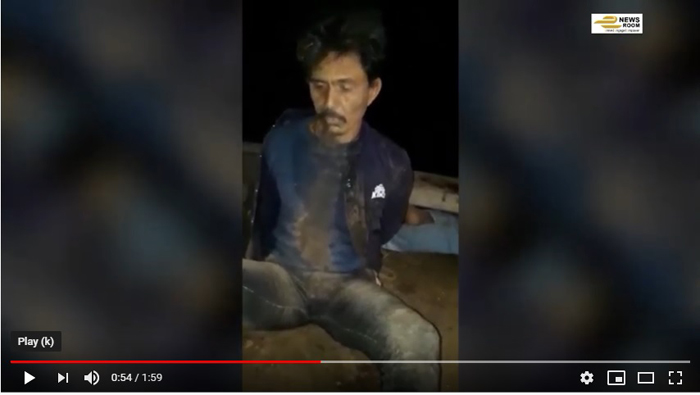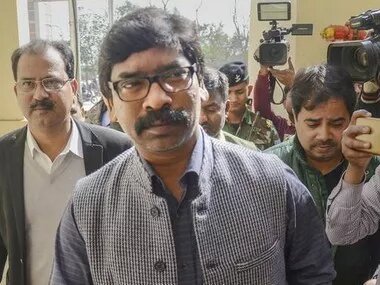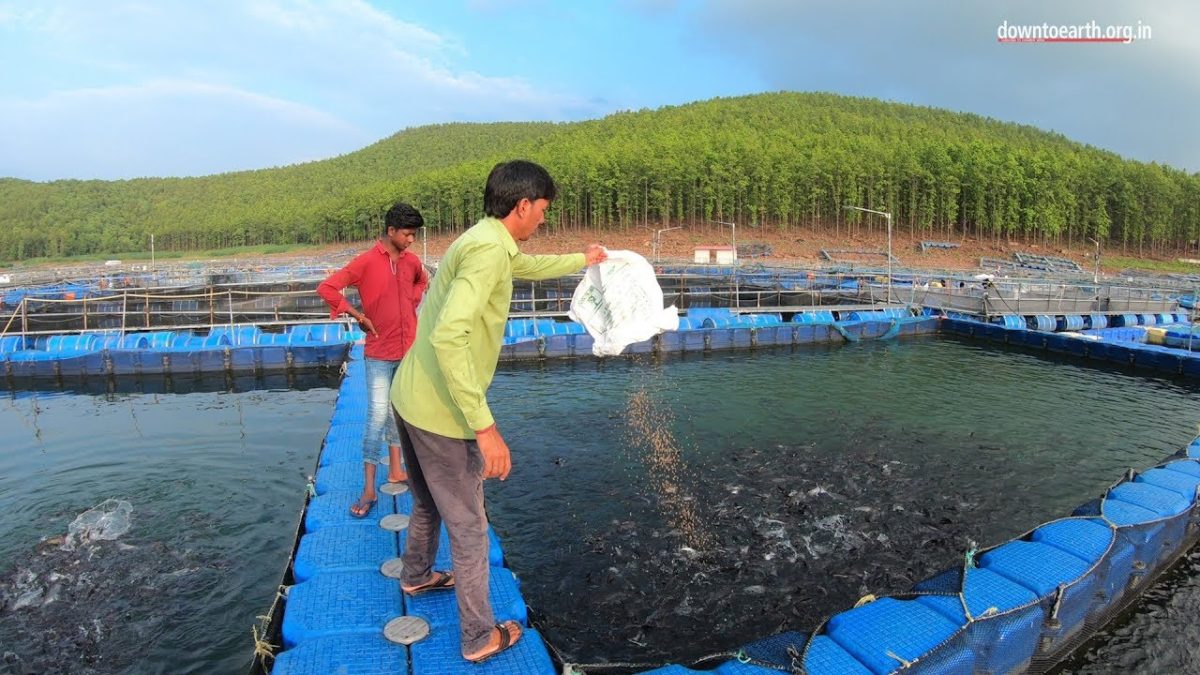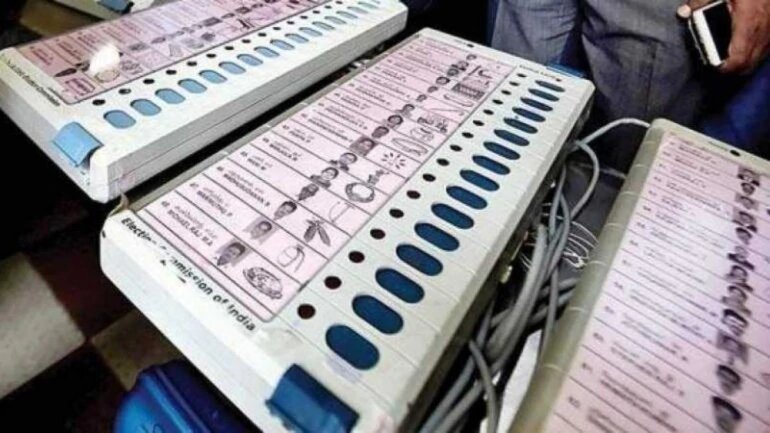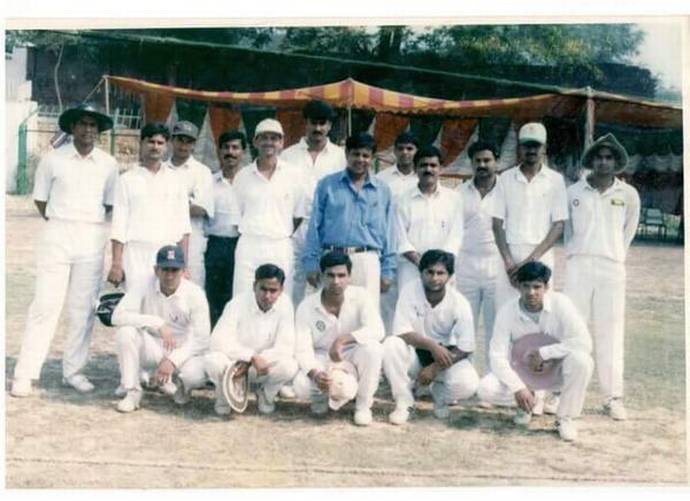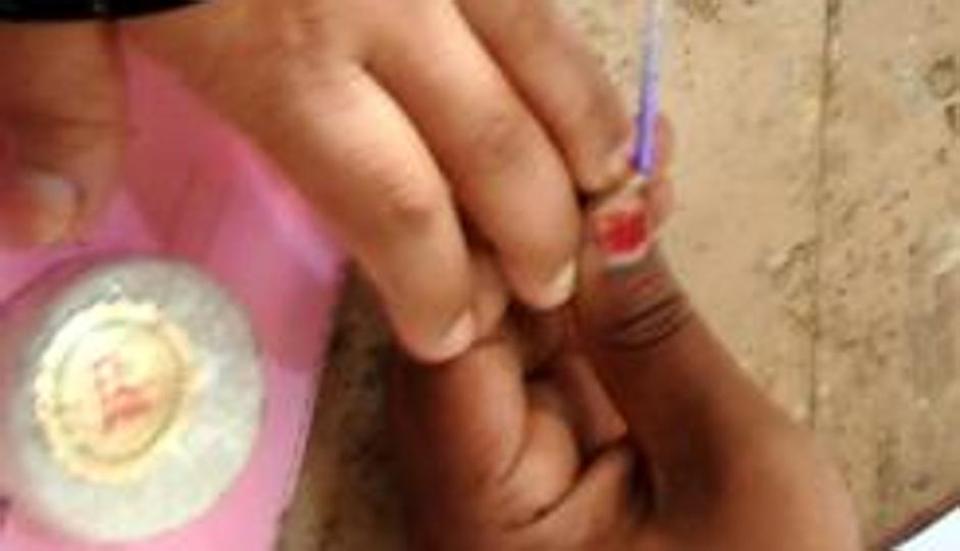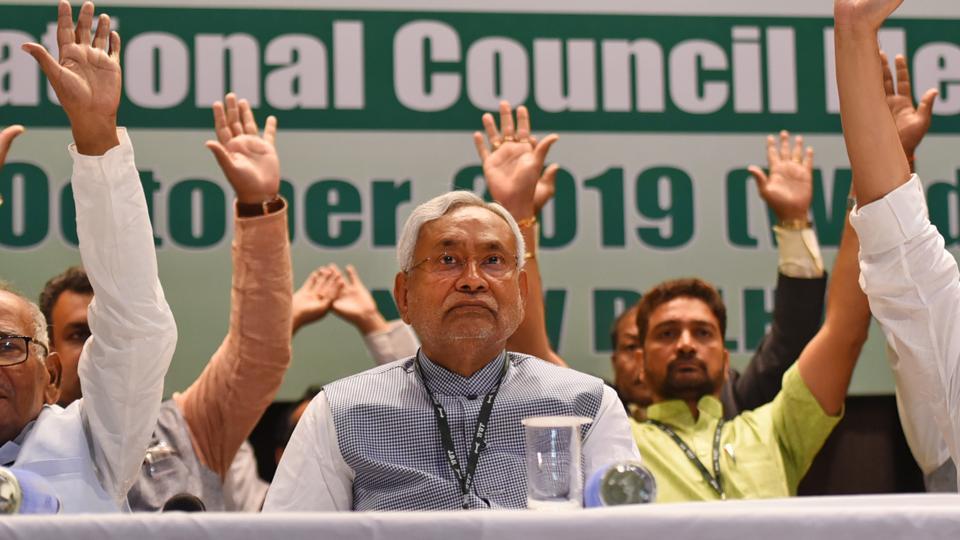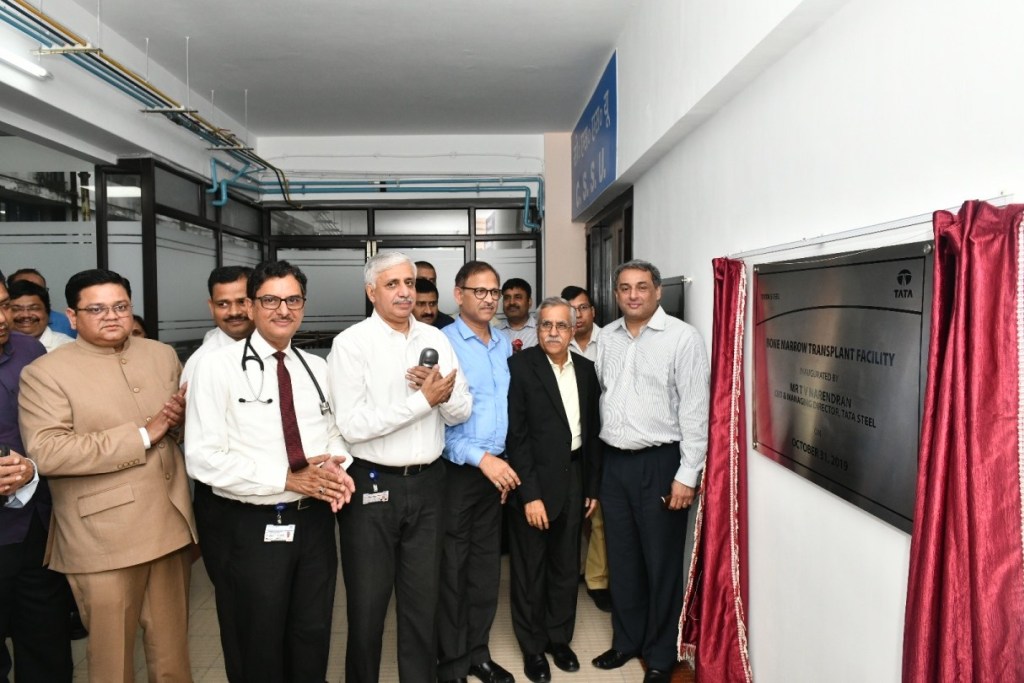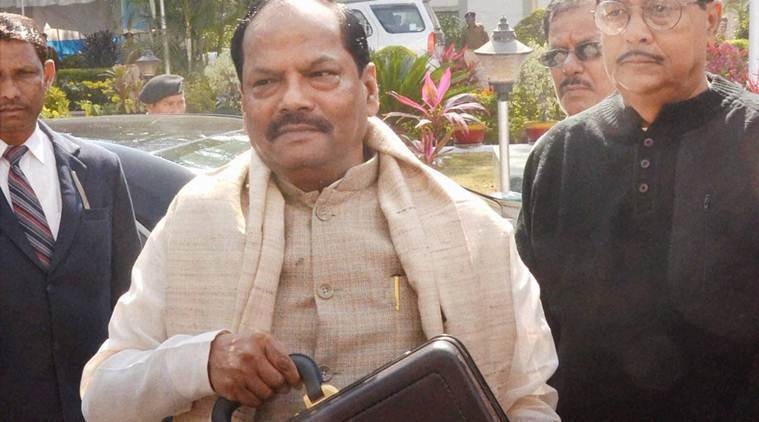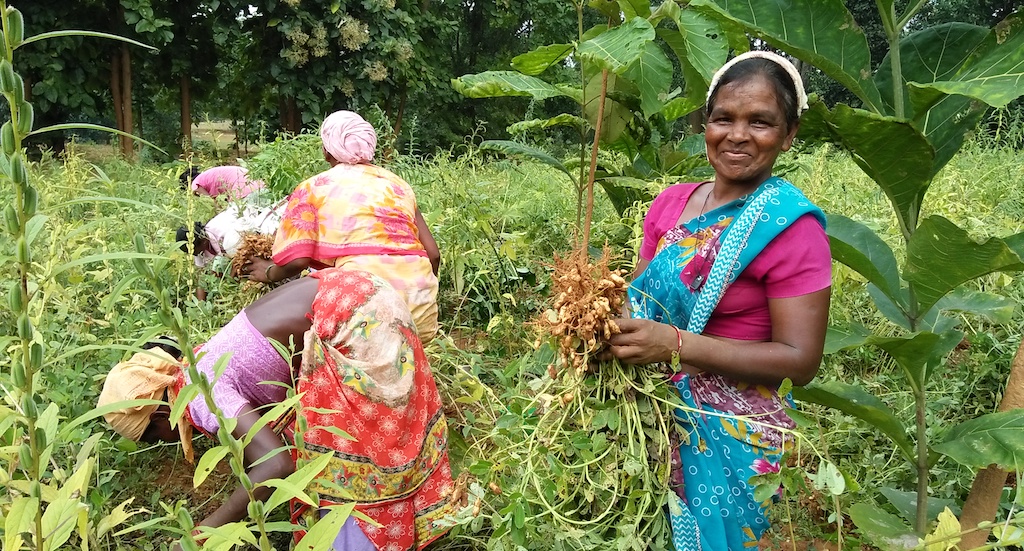Source – sportstar.thehindu.com
If you find yourself near the Jharkhand State Cricket Association International Cricket Stadium in Ranchi early in the morning on match day, just follow the home crowd and police personnel. They will lead you from the South Gate towards a makeshift stall dishing out hot singhadas (as samosas are called in this part of the country), litti chokha, other tidbits and hot chai.
Chai is served in clay cups — or bhars, as the vendor says in Hindi with an inimitable Bengali accent. It’s day one of the third Test between India and South Africa. The home team has already won the series 2-0, but captain Virat Kohli is eyeing a 3-0 sweep. Waiting for the day’s play to start, a grim, muscular man browses through a newspaper as someone points to a headline: ‘Dhoni to watch the third Test.’
The ice is broken and the chat begins. Ranchi Hindi has its own style, and soon people involved in the conversation give me a taste of it. One refers to Dhoni as ‘Mahendra,’ another calls him ‘Mahender,’ some go with ‘Maahi,’ and a few throw ‘Mahi’ and ‘Mahiya’ into the conversation.
Dhoni is ‘Captain Cool,’ ‘Thala’ to the legion of adoring Chennai Super Kings fans, and more for the outside world, but to the vendor, the local policemen and the more than 1.1 million people living in the capital of Jharkhand, he is one of them. He is the shy student who knew cricket was his calling. He is the friend with a big heart, a humble family man.
“Aap Dhoni pe likh rahe hain? Fir chai ke paise nahi lenge (You are writing on Dhoni? Then we won’t charge you for tea),” says Ramesh, the owner of the stall.
Dhoni has not featured in any limited-overs series since the World Cup, and talk of his international retirement drives revealing conversations, some curious even.
“Dhoni le liya sanyas ODIs se bhi. Aapko nahin na pata…padho akhbar (Dhoni has retired even from ODIs. You didn’t know… read the newspapers),” Ramesh says with a smile. When someone points out that his information is wrong and Dhoni has not quit One-Day International cricket, Ramesh sticks to his guns. “Woh dabav mein nahi aaega…koi boley uske pehle hi nikal liya. Just IPL (Indian Premier League) khelega. Hum Ranchi-waale pressure mein nahi aate (Dhoni will not come under pressure…he quit before anyone could tell him. He will play just the IPL. We Ranchiites cannot be pressured).”
In Ranchi, it is almost as if Dhoni is separate from the game. His roots in the city are celebrated just as fondly as his name and what he has achieved. Dhoni’s father had arrived in Ranchi in 1964 to work as a pump operator with MECON Ltd, a public-sector engineering firm.
Dhoni, who was born on July 7, 1981, grew up in a one-bedroom apartment adjacent to the city’s MECON Stadium. Ramesh provides some perspective. “Ranchi itna chota shehar hai, ghum fir ke aap ko koi na koi Dhoni ka pehchaan wala mil hi jaega (Ranchi is such a small town, it is likely that you will bump into someone or the other who knows Dhoni).”
Maybe that’s what Dhoni meant when, at a promotional event of his biopic M. S. Dhoni: The Untold Story, he said he was “more of a small-city boy” who “loves” Ranchi.
“It’s near Kolkata, near Jamshedpur, where Tata originated. It [Jharkhand] is India’s richest state in terms of minerals,” is how an up-and-coming Dhoni used to explain where he hails from, particularly during overseas tours.
He doesn’t have to any more. Ranchi has the feel of an old-world, small city that’s fast trying to outgrow its roots. It took a giant leap when Dhoni led India to the inaugural World Twenty20 title in 2007.
The fans still hope for the flashy stroke-play of yore, when the Dhoni of long locks carted bowlers for fun. But what they get now is a 38-year-old star who seems to be batting with the weight of the world on his shoulders.
But Dhoni has always paced himself, insists Adil Hussain, the former Bihar and Central Coalfields Ltd captain who played alongside Dhoni at the club for five years.
“Even when he played for CCL, he would start cautiously… Sometimes after two or four overs, his score would be five or six. But as the innings progressed, he invariably accelerated and made up for the dot balls.
“And what’s surprising is… people generally talk about a batsman if he scores a 50 or 100… Mahendra was someone people talked about even when he was making scores of 20, 30 or 40-odd. They would recall a long six. So, irrespective of his score, he was always the talk of the town,” says Hussain. Dhoni was in Class XI when Hussain spotted him hammering bowlers in a school tournament, and got him on board at CCL in 1997.
“I heard of Dhoni for the first time when he smashed a double hundred (213) in the inter-school final against Kendriya Vidyalaya from Hinoo (in Ranchi). After that, he was picked to play for the Ranchi senior district team. I was the captain… He wasn’t part of the XI but travelled with us,” Hussain recollects. “He later joined CCL as a stipend player… He was still in school at the time, mind you.”
Hussain speaks adoringly about Dhoni’s focus and discipline. “I’m not saying this because he is a big star now. He has always been dedicated… Be it an important game or an inconsequential match, he never took things lightly.”
What about his famed calmness? Dhoni admitted during a public appearance that he too gets angry and disappointed, but said he had learned how to handle those emotions.
Hussain shares an insider’s view. “He had come home and we were talking cricket when the subject of India’s tour of South Africa (in 2018) came up. If you remember, in one of the matches, Dhoni was visibly upset with his batting partner Manish Pandey. So I asked: ‘We don’t see you shouting at players like that. What happened there, Mahendar?’ He replied: ‘Arey bhaiya, tense situation tha toh thoda gussa aa gaya (Brother, the situation was tense, so I got a bit annoyed).’”
Hussain isn’t paying attention to how he refers to Dhoni. He flits between Dhoni, Mahendra and Mahendar with ease.
It’s the same ease, love and affection that you can note in Jaykumar Sinha’s voice when he speaks about Dhoni. Sinha, convenor of the Jharkhand State Cricket Association and a former Ranchi University coach, has seen Dhoni evolve from a young boy to a world champion, and shares how the player is sorted and never far from his roots.
“Even today when he comes to the stadium and if I’m at the gate to receive him, even before I can greet him, he comes and hugs me: ‘Jay da, namaste. Kaise hain? (Namaste, how have you been?)’ He is friendly with everyone who works in this complex.”
When Dhoni is in town, he drops by at the JSCA Stadium to play billiards or tennis and he sometimes uses the gym. “He does some or the other activity every day… His approach is like any other player. Say, if a Ranji or under-16 campaign is going on, and we request him to speak to the boys for a few minutes, he does so willingly. He never says no… So as far as Ranchi and Jharkhand are concerned, he means the world to us,” says Sinha.
Retirement chatter
Talk veers to Dhoni’s retirement. “He will never play a sport just for the sake of it. Even today, whenever he plays tennis or billiards here, you can tell from his approach that he has taken an hour out just to engage in that particular sport. And cricket is in his blood,” says Sinha.
The ‘retirement’ word quickly stirs up emotions on the street. “It’s time Dhoni retired… He’s taking up a youngster’s place in the team,” says Dharam, a cab driver. “That player Ambati Rayudu is very good and also a wicketkeeper. Maybe if Dhoni had retired, he could’ve got another chance (sic).” Abruptly, Dharam changes his mind. “Virat (Kohli) needs Dhoni by his side. His exit will cause an imbalance, so I’m not too sure now (about Dhoni retiring),” he says with a sheepish grin.
Mohan, a college student, says Dhoni should “practise what he preached” when he was named India captain. “Didn’t he ask (Sourav) Ganguly and Sachin (Tendulkar) to leave when he was the captain? He said he wanted a young team and eventually had his way with the selectors.”
Opinions vary and Dhoni marches on unfazed. He finally drops in at the JSCA Stadium on day four of the Test after India won the match. The match is over, the post-match presentation is done, but many Ranchiites are yet to troop out. It’s unadulterated love for Dhoni that keeps them hanging on.
Long after Dhoni is done doing what he does best, he can come back to the place he calls home: one place in whose heart he lives as Mahi, rent free.
